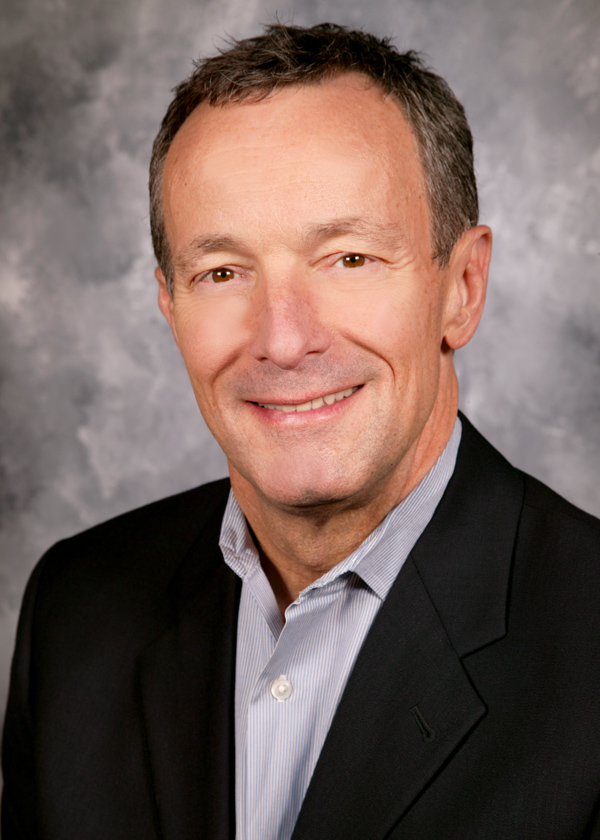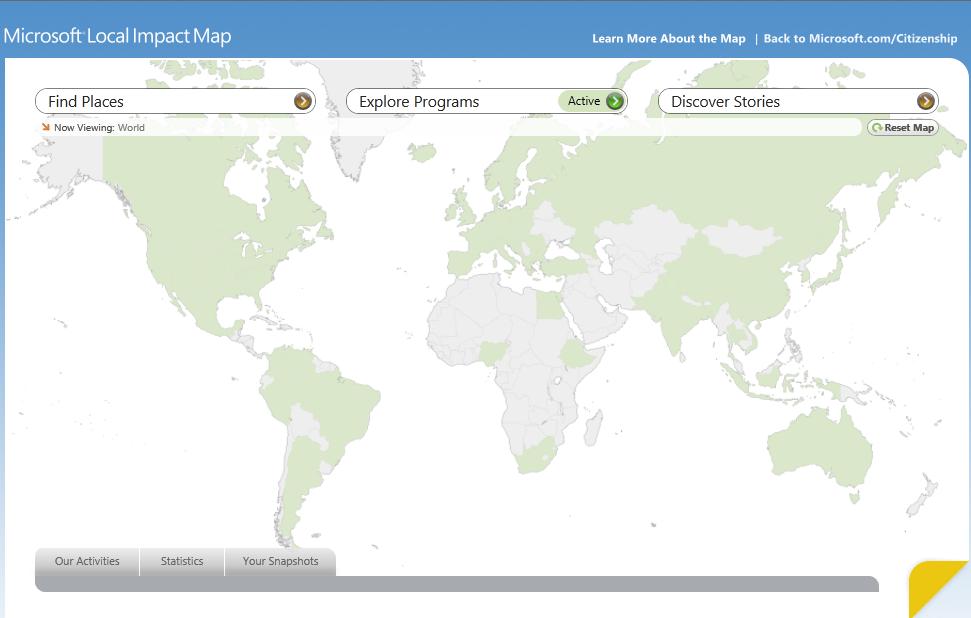The Challenge of Translating Sustainability
/ Let’s face it: sustainability can be a challenging topic for many people to understand.
For example, when you hear someone on the news or in business talk about alternative energy or cap and trade policy, can you honestly say you understand it all?
Let’s face it: sustainability can be a challenging topic for many people to understand.
For example, when you hear someone on the news or in business talk about alternative energy or cap and trade policy, can you honestly say you understand it all?
I’ll go out on a limb and admit that when I hear the word “carbon,” I sometimes struggle to pay attention – let alone understand what’s being discussed. That’s why tools like Annie Leonard’s Story of Stuff are so powerful – they take complicated subjects and translate them into everyday, actionable language.
This idea – the challenge of translating sustainability – was front and center for me at this week’s Ceres Conference: “Roadmap for a Sustainable Future.” Let me explain.
Ceres is a well-known and well-respected national network of investors, environmental organizations, companies, and other public interest groups working together to address issues of sustainability.
This year’s Conference included a number of interesting panels – covering topics like sustainability reporting, environmental policy, corporate governance, and energy. As a challenge, I decided to stay away from familiar topics (like social media for CSR) and instead really immerse myself in learning about issues I'm not as familiar with.
Over the course of the day, I sat in on two sessions:
- Tiers of influence: driving change throughout the supply chain, and
- The ripple effect: exploring financial risks along the water value chain.
When it comes to supply chain and water issues, I would call myself “an experienced novice” – so it was exciting to hear and learn about the work that companies, NGOs and investors are doing in these two areas.
And, I’m pleased to say, it’s clear that they really are doing work.
From the open source, apparel “eco-index” created by the Outdoor Industry Association, to the water management system implemented by Molson-Coors Brewery, I was pleased to learn that these organizations are truly digging into some very important sustainability challenges – and that they’re actually driving change in their business and in their communities.
Yet throughout the panels, I kept wondering about how these organizations communicate, and perhaps more importantly, translate the value and importance of this work to “everyday” people like you and me.
Transparency kept coming up as a central theme throughout the day. Apparel manufacturers talked about how the internet has transformed information sharing, while water utilities talked about the importance of explaining where water comes from and how we use it. (Seriously, if I could have collected $1 for every time “transparency” was used in conversation, I might not be rich, but I could certainly go out to nice dinner!)
Yet, in my opinion, talking about transparency just isn’t enough.
The way I see it, there’s a big empty space that exists on the spectrum between companies and consumers – and in theory, transparency is supposed to fill this gap. “Transparency,” after all, as it is used in a sustainability context, is meant as a proxy for information sharing, for education, and perhaps even engagement.
The issue, though, is that being transparent is really not the same thing as providing education. Disclosure of information doesn’t do any good if no one explains to me what I should do with that information.
What are companies doing, I asked myself, to educate and inform me and others about why I should care? This “next step” in transparency was missing from the conversation – and while some might argue that it’s beyond the scope of a conference like Ceres, I would disagree.
Companies clearly need to enlist the help of their stakeholders in order to achieve their sustainability goals – they simply cannot do it alone.
But if, for example, I’m not supposed to buy clothes made from cotton sourced in Uzbekistan (a country currently engaging in forced child labor in the cotton industry), I need companies to explain this to me in ways that are understandable, resonant, and actionable. In essence, I need companies to translate their sustainability programs and activities into language I can understand.
Transparency in theory is important – and it’s certainly a topic on everyone’s mind these days. But transparency without action, engagement, and most importantly translation, just won’t work.
I was encouraged to learn about a new website created by Anvil Knitwear that’s trying to close that gap I was talking about by providing education to children about organic cotton. Seeing the site made me wonder what other examples of powerful consumer education tools might exist.
What you have seen or used that has translated a company’s sustainability program into language that makes sense and moves you to act? I’d love to hear your ideas.



 Dan Bross is senior director,
Dan Bross is senior director,  After reading through its website and playing with the map, it became clear to me that Microsoft is doing great work as a responsible and involved corporate citizen.
After reading through its website and playing with the map, it became clear to me that Microsoft is doing great work as a responsible and involved corporate citizen.
